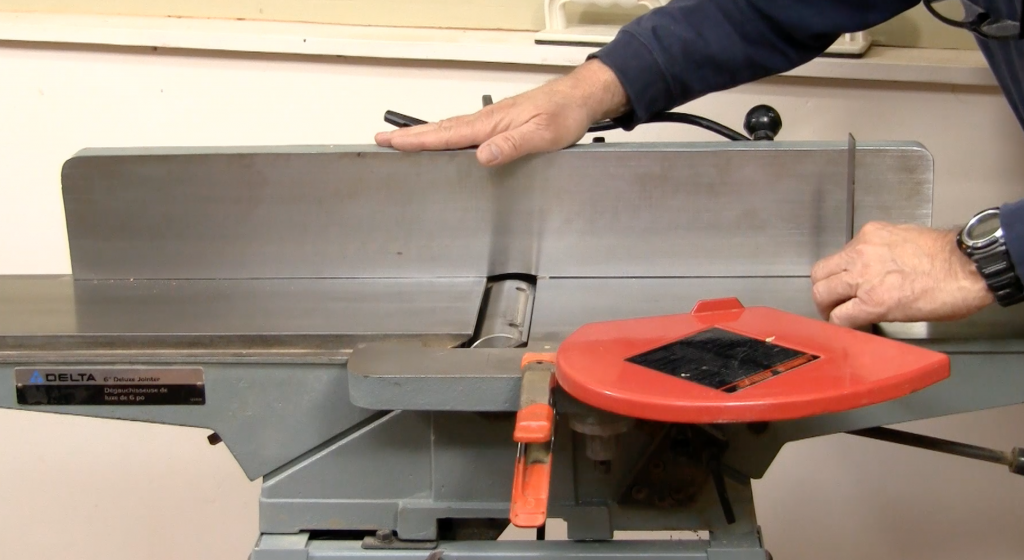We may receive a commission when you use our affiliate links. However, this does not impact our recommendations.
 I am often asked: “Why should I purchase a jointer or planer?” My answer is always the same: “Get yourself a jointer first, then think about a planer.” The reason is that in many cases, the jointer is part of the foundation of your collection of woodworking tools.
I am often asked: “Why should I purchase a jointer or planer?” My answer is always the same: “Get yourself a jointer first, then think about a planer.” The reason is that in many cases, the jointer is part of the foundation of your collection of woodworking tools.
Just like when you are building a house, you want the best foundation you can get so the rest of the house can be built squarely and accurately. If the foundation is off, the rest of the building can also be off, and it is much harder to build because corners are off and things just don’t line up properly. Everything needs to be custom cut.
The very same principal is true with woodworking. If you start off with boards that are flat and edges that are straight and square, your build will have a much better chance of coming together the way you want. It is very frustrating to build anything when the foundation component is not true, even by a little bit.
Boards that become warped can be flattened and edges can be made straight and perpendicular. Once you have the baseline, you can now move that lumber to another machine, like a table saw or perhaps a planer, and continue your build. It doesn’t matter whether you are purchasing sized lumber or rough cut lumber, boards can warp and the best way to make them flat again is with the jointer.
Having a jointer does not automatically mean it is set up correctly. Like most woodworking tools and machinery, equipment needs to be checked and reset if it is not aligned properly from time to time. Regular maintenance is a part of woodworking and is important for the quality of your builds and for your own safety.
Not making boards flat, then taking them to another tool such as a table saw, can be dangerous. Boards that are warped can move around between the fence and the blade on a table saw and this is an invitation for saw kickback which can result a serious injure or worse.
Taking the time to set up machinery has its own rewards in the outcomes it produces. I remember my first jointer. I brought it home and couldn’t wait to unpack it and start making some quality furniture, but even my first step was wrought with problems. I couldn’t even get the edges of the boards to come together nicely; they were all bowed. I finally determined my brand new jointer was the problem because I had not checked its set-up. So began my respect for taking the time to check and set up all my woodworking machinery as part of the process of enjoyment of woodworking.
Would you like to learn more about using a jointer? Take Colin Knecht’s Popular Woodworking University course, Jointer Fundamentals, which starts May 6.
Here are some supplies and tools we find essential in our everyday work around the shop. We may receive a commission from sales referred by our links; however, we have carefully selected these products for their usefulness and quality.









Colin:
The problem with jointers is size and weight. In my 1/2 garage shops a 6″ or 8″ jointer would have been out of the question. Yes, I know that there are mobile bases, but even if I had a place to move it to, I’m no longer into shoving heavy machinery around.
With this said, I’ve gotten good use out of my Shopsmith 4″ jointer for stiles and rails, and by using roller stands fore & aft, I can successfully joint the edges of long boards.
For flattening, I’ve learned to use winding sticks and hand planes, prepping a surface for my planer.
Ralph